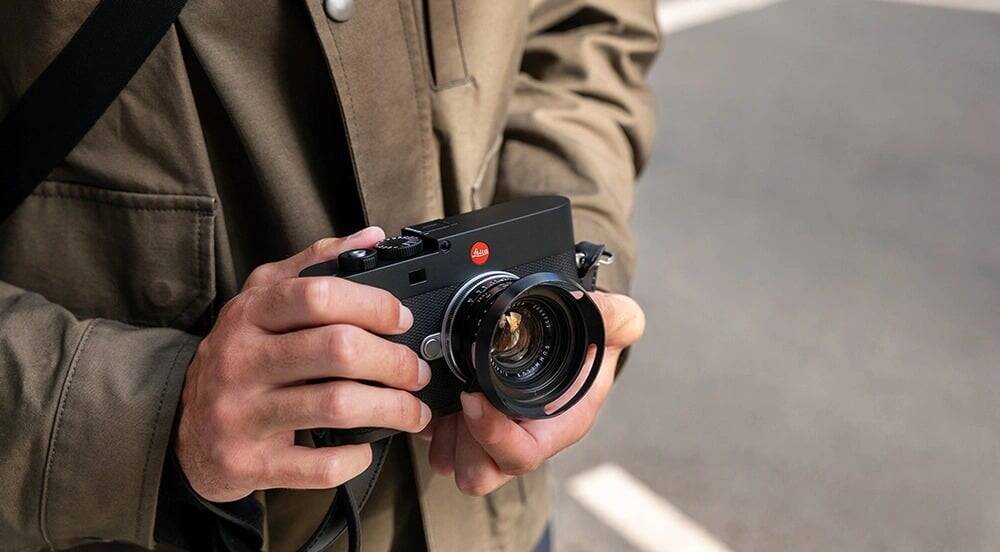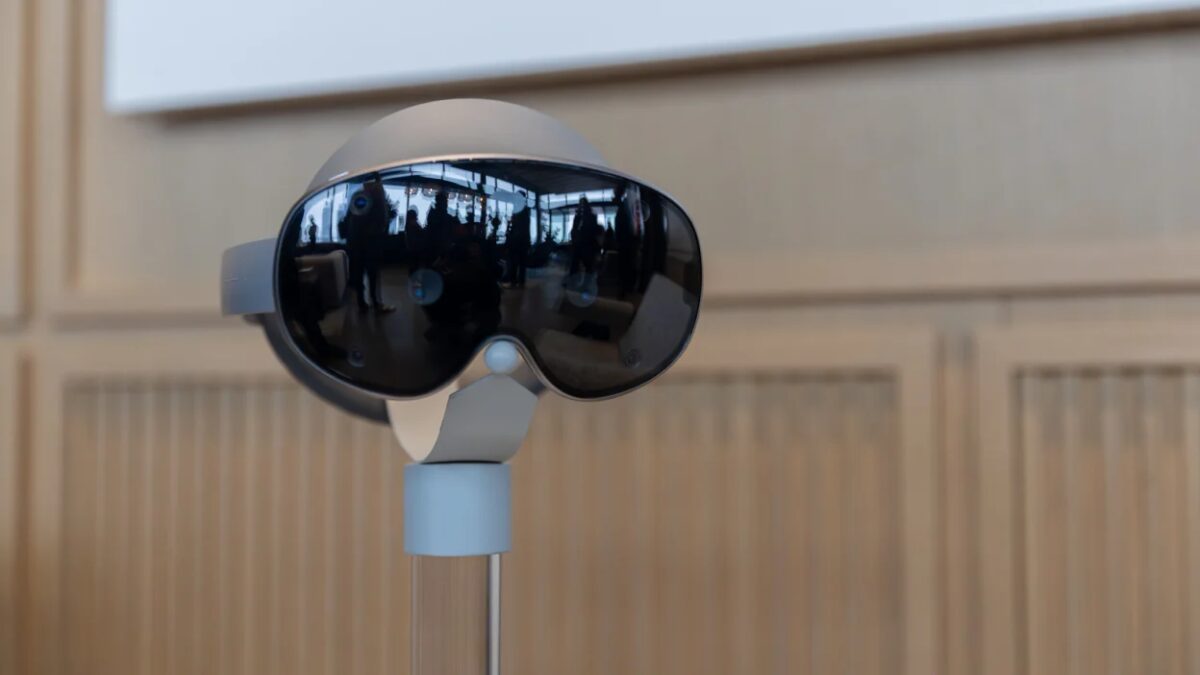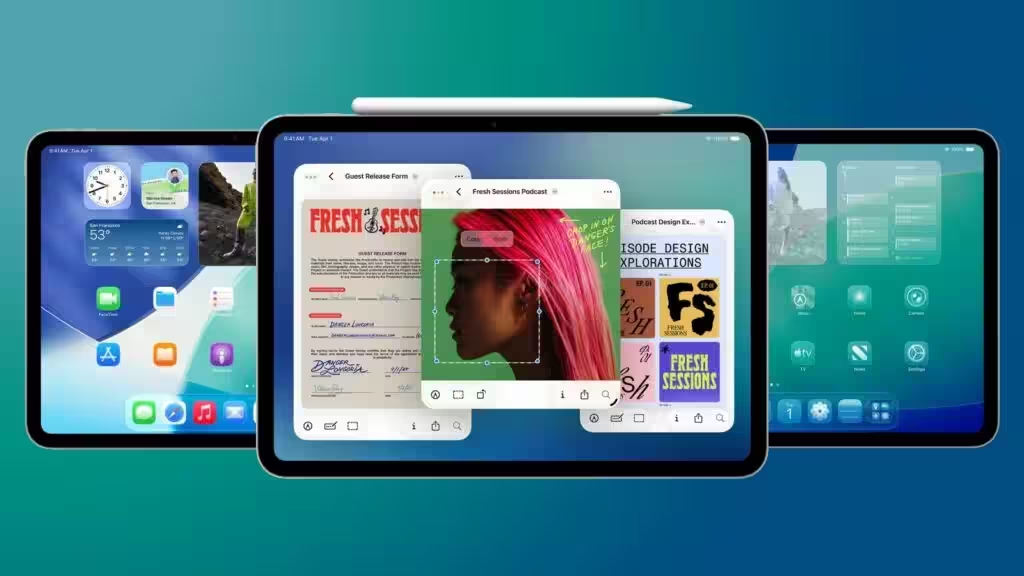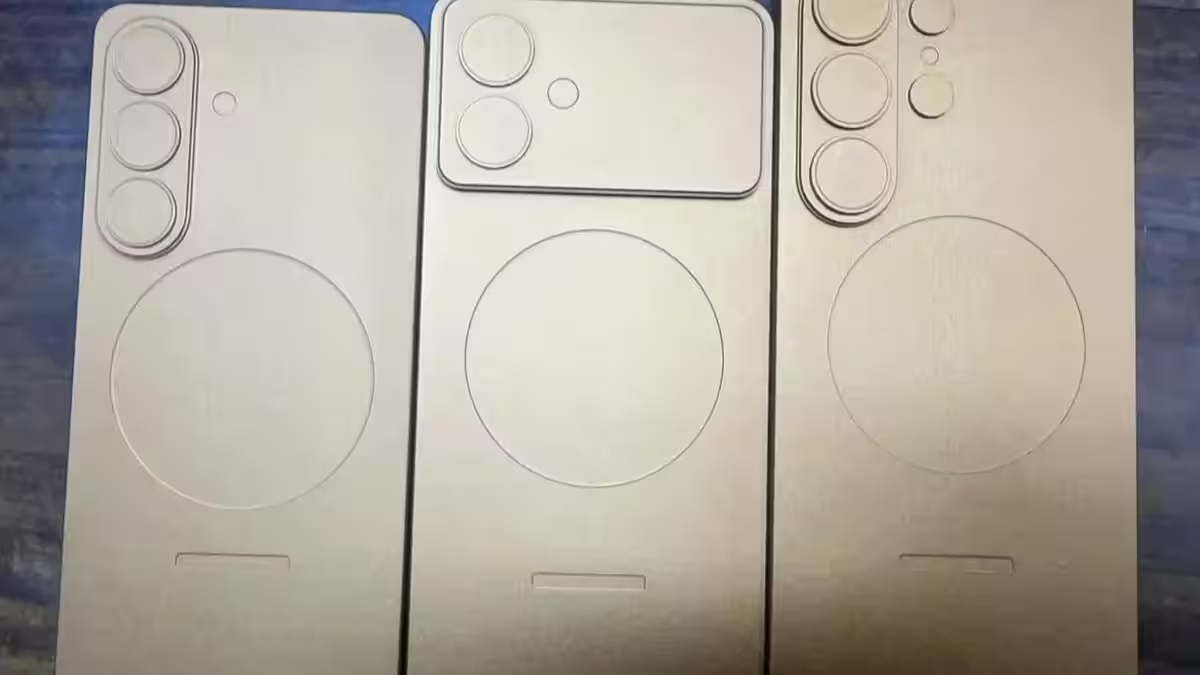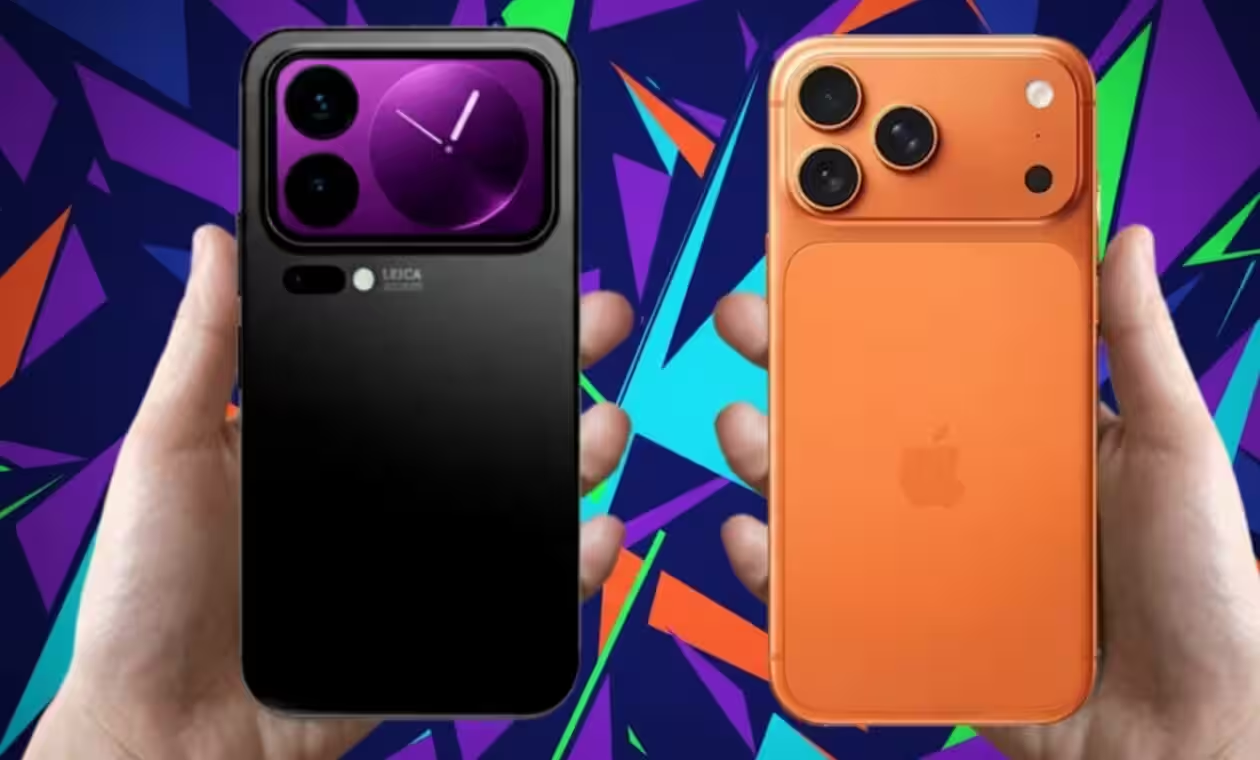Apple’s iPad needs better oleophobic coating

So, Apple’s new iPad tablets — are great. At least I think so — I’ve been using an iPad on a daily basis for almost a decade now. For the last 2-3 years, it’s been the iPad Pro 11″ starting in 2018. And I love its form factor, its weight, the accessories I can buy with it. Honestly, I don’t need it to be thinner or lighter.
I don’t need it to be thinner or lighter.
And no, this isn’t going to be a rant about how we need higher-capacity batteries in our iPads — I think 8-10 hours of battery life on a single charge is fair enough. The new iPad Pro M4 models that were just announced are thinner and a bit lighter — if we get the same battery life with them as before, I wouldn’t blink an eye.
And no, this isn’t going to be a rant about how much battery life we need in our iPads.
But there’s one subtle update that I’ve been hoping to see for a few years now, and it never happened.

How Apple Pencil ruined the premium iPad experience
The original Apple Pencil was released in 2015 along with the very first iPad Pro. It was cool and all — there was finally an ultra-precise stylus for Apple tablets on the market that could compete with the Samsung S Pen. A small sample of users who bought the giant tablet noticed that there were more fingerprint smudges on the screen, but up until that time, the problem was isolated and unnoticeable to most iPad owners.
A small sample of users who bought the giant tablet noticed that there were more fingerprint smudges on the screen, but up until then, the problem was isolated and unnoticeable to most iPad owners.
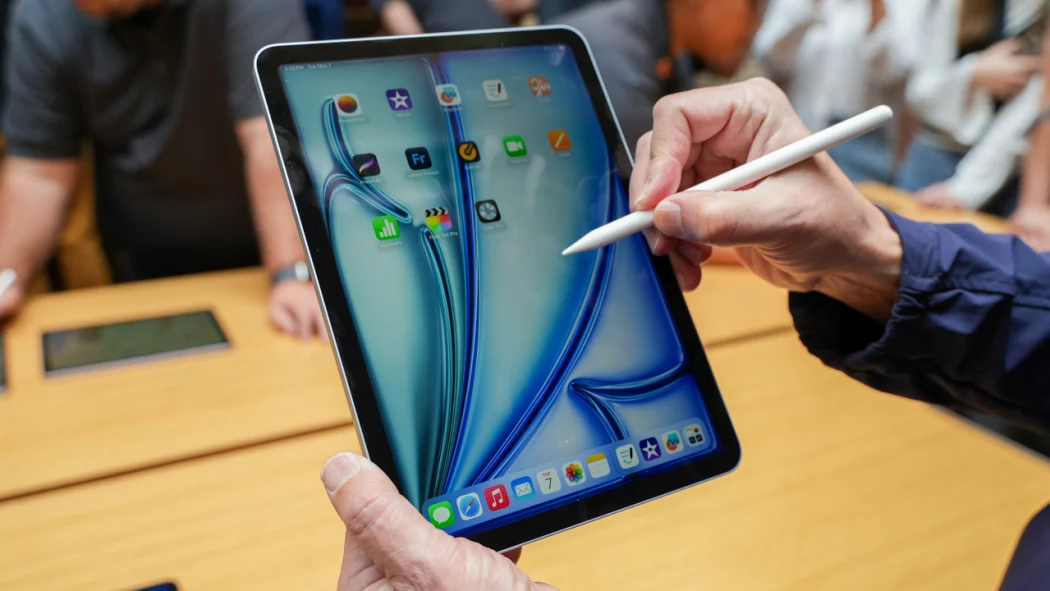
As time went on, more and more iPads gained compatibility with Apple Pencil — today, all iPad models from all price ranges support it. And the problem was becoming more and more apparent.
What’s the problem?
.
Well, every iPad’s specs page states that the screen has an oleophobic coating. Anyone who uses a modern iPad will tell you — to the touch, that’s not the case at all. From what I understand, Apple was forced to use a different type of oleophobic coating because of concerns about compatibility with the Apple Pencil. What the problem is — I can’t say, Apple Pencil certainly works well enough through screen protectors. But the new compound — it barely works.
And the new compound — it barely works.
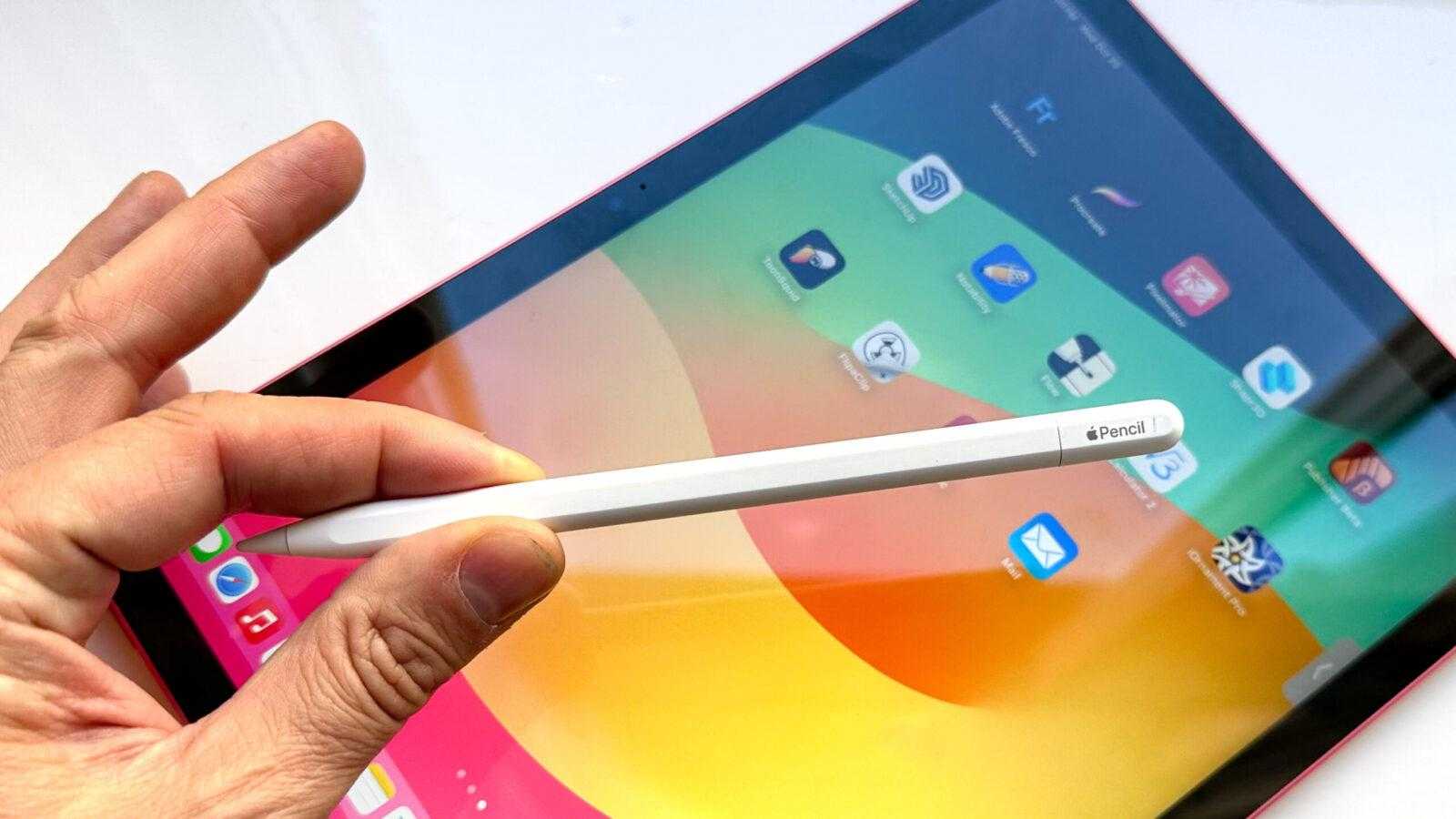
What’s the oleophobic coating?”
Oleophobic coating — is a thin film of material that is applied to any smartphone or tablet screen. Have you ever noticed that it is very easy to remove fingerprints from your phone screen by simply wiping it with any cloth? That’s thanks to the coating. In comparison, try to remove a fingerprint from a regular window pane and see how it smears and doesn’t disappear — until you use some kind of cleaner.
Fingerprints can be removed by wiping the screen with a cloth.
This is roughly what happens when you try to wipe the greasy screen of your iPad Pro. Fingerprints are very easy to get, very persistent, and very hard to wipe off. And even if you do, they’ll reappear within an hour.
And even if you do, they’ll reappear within an hour.
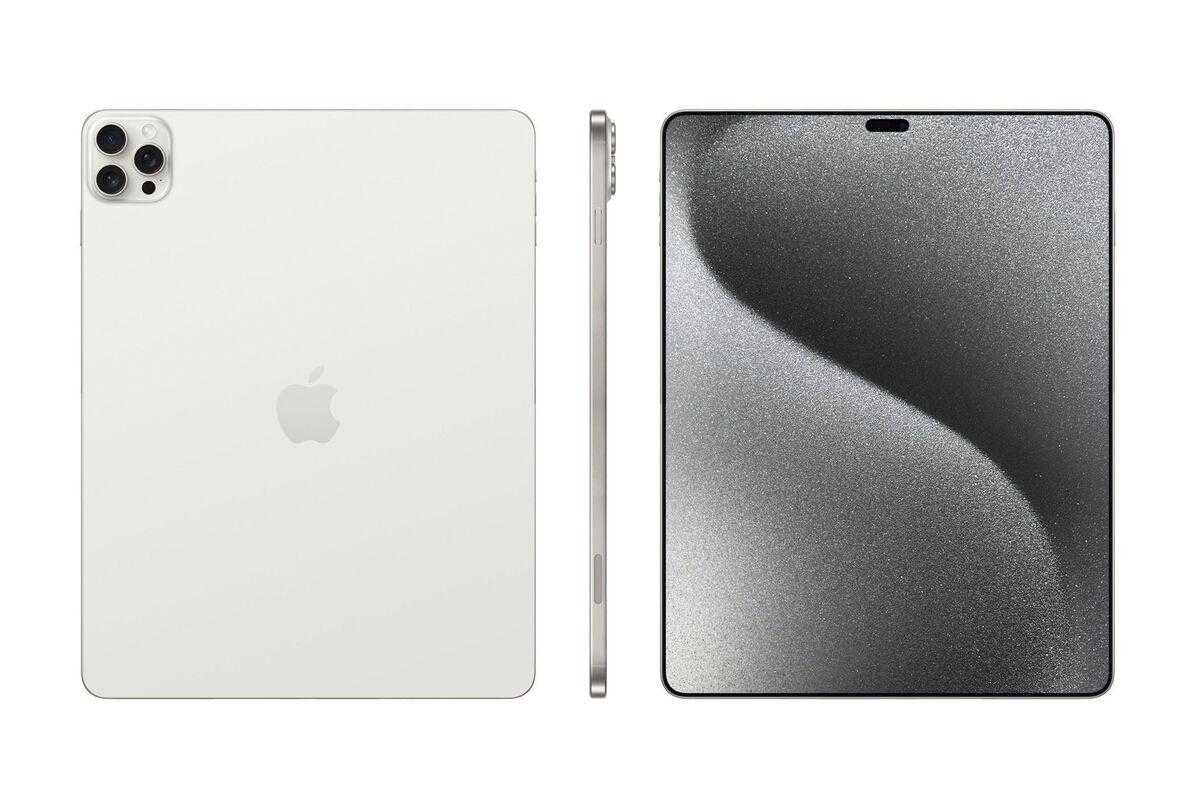
For a while I thought I was going crazy until I discovered this. When I first upgraded to an iPad Pro, I wiped it down daily, but without much success. Then one day I pulled out my old iPad Air 2 to compare it to iPadOS. And lo and behold — its screen already looked cleaner, even though I had used it for years and put it away without cleaning it. I did some tests and found that the oleophobic coating on the old iPad Air 2 was many times better than the new one, «Pro».
I found that the oleophobic coating on the old iPad Air 2 was much better than the new one, «Pro».
Does the iPad Pro even have oleophobic coating?”
.
Some may ask themselves this question — and yes, it does. Listen to someone who has had the pleasure of touching and examining super-cheap smartphones with regular glass on the screen. Modern iPads do have some sort of coating, so — at least — the glass doesn’t feel rough, sticky or unpleasant. However, it is far less effective than on other devices — or even compared to iPads of the past.
And it’s not as effective as on other devices.
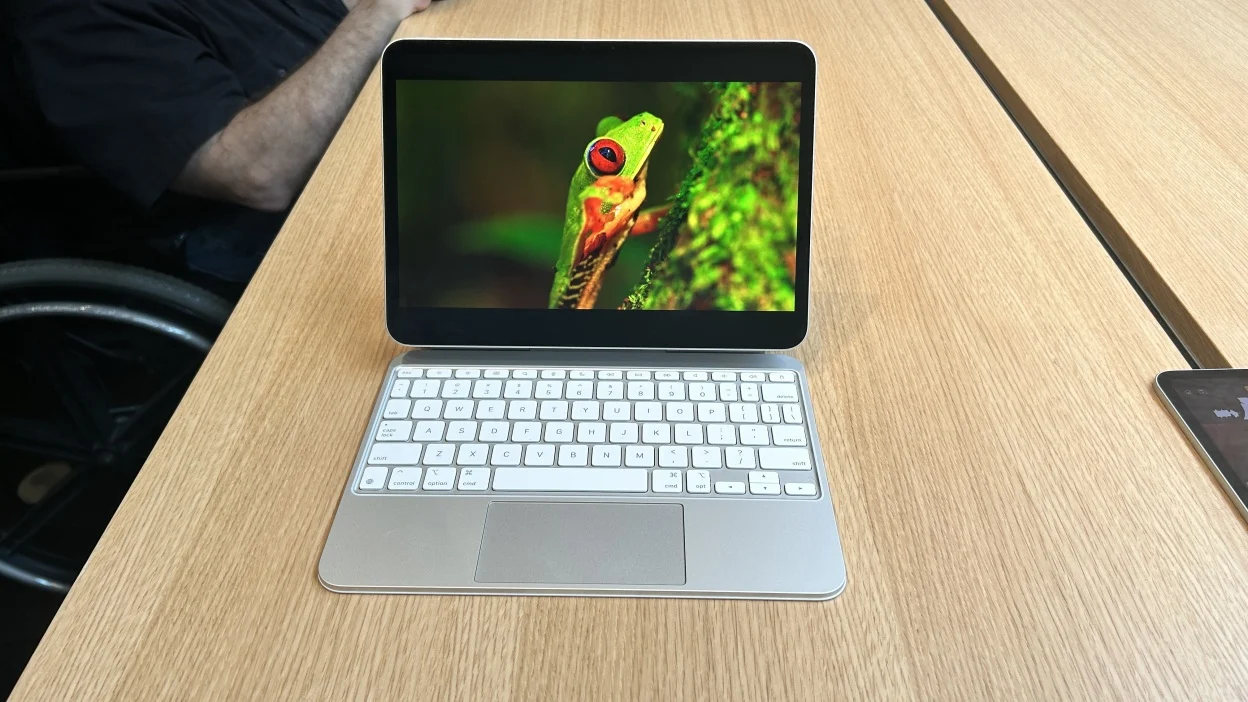
Please give us a discreet update!
So Apple isn’t talking about it officially yet. And that’s fine — just make a discreet update, change the formula and just put it on the next Glass, without too much hype (no need to admit that the previous solution wasn’t very good). We’ll notice — just as we noticed when the fingerprint magnet first came out.
We’ll notice — just as we noticed when the fingerprint magnet first came out.
The recently announced iPad Pro M4 and iPad Air M2 have yet to go on sale, and I’m still hopeful that they will indeed have the new coating — who knows. But for now, my position is: Don’t give me a thinner iPad, give me a better oleophobic coating!



